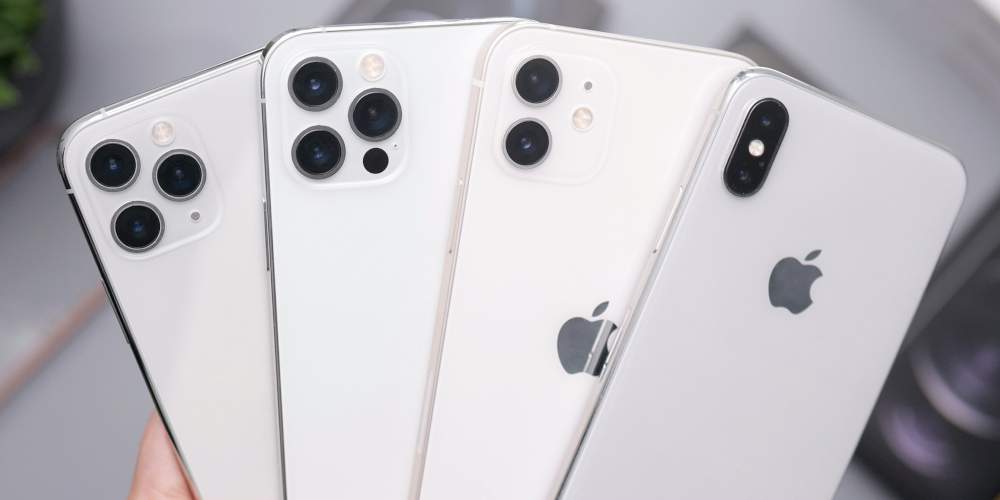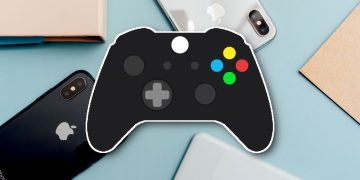On January 9th of 2007, Steve Jobs took to the stage at Apple's latest event and beamed down at the gathered press, investors, and fans who had traveled to Cupertino for the tech company's landmark show.
Everyone knew what would be coming, as rumors had been popping off left and right about how Apple had perfected their idea for a phone. To see this new product live—from the company that gave us the iMac and iPod—was too good an opportunity to miss.
Jobs left the usual updates to his fellow board members and design experts, leaving the audience salivating for much of the show. Then, he did it. He announced... the iPhone.
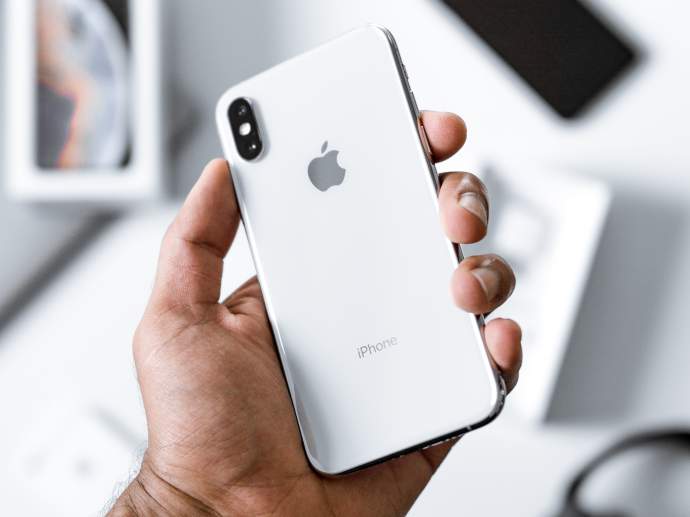
It wasn't the first smartphone ever built, and it wasn't even the best one available at the time, but it was certainly the coolest. Millions clamored to get their hands on the latest device, establishing Apple's reputation as the most revered tech brand in the world.
Today, fifteen years after Jobs debuted the device for the first time, the iPhone is the best-selling smartphone on the planet. It's a product that inspires loyalty amongst those who buy them.
Let's take a look down memory lane at the history of the iPhone and see which iPhone generations were the most influential.
2007: iPhone
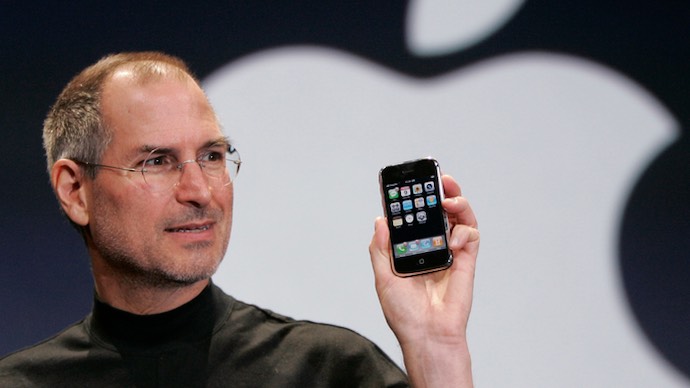
Was the original iPhone influential? Absolutely. Was it fun to use? Sure. Was it good? Well, let's go with good enough.
It's difficult to remember through rose-tinted glasses, but the original iPhone wasn't the all-conquering device Apple made it out to be. It actually had some baffling flaws compared to other products of its era.
For example, it lacked 3G connectivity so internet speeds were lacking. It was also a bit too bulky for comfortable use, and it didn't feature an app store at launch (you only had what you started with). Oh, and for some strange reason, users couldn't change the background.
However, it looked great, felt great, and had the wow factor that made people want it despite its scarce features.
2009: iPhone 3GS
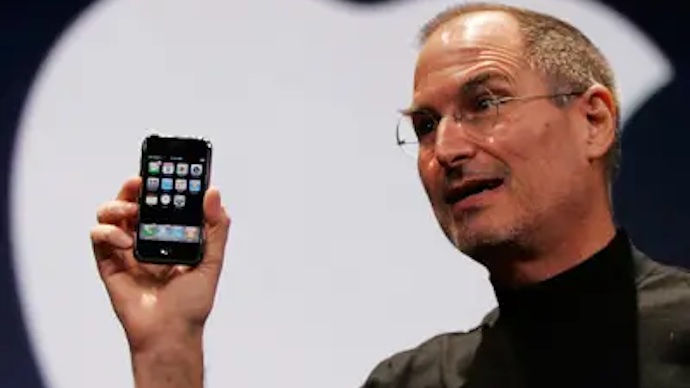
The first update to the original iPhone came with some much-needed improvements, such as 3G connectivity and the ability to change various aspects of the phone after opening the box.
The iPhone 3GS was sleek, re-designed, and came with everything the original phone had plus faster speeds. This incarnation of Apple's iPhone stayed with us for almost two-and-a-half years, and it helped the company secure a much larger chunk of the mobile market.
The iPhone 3GS showed promise for the future, being a device that people wanted to use and didn't get annoyed by lacking features. Even so, it was the next incarnation that really took Apple into the stratosphere.
2010: iPhone 4
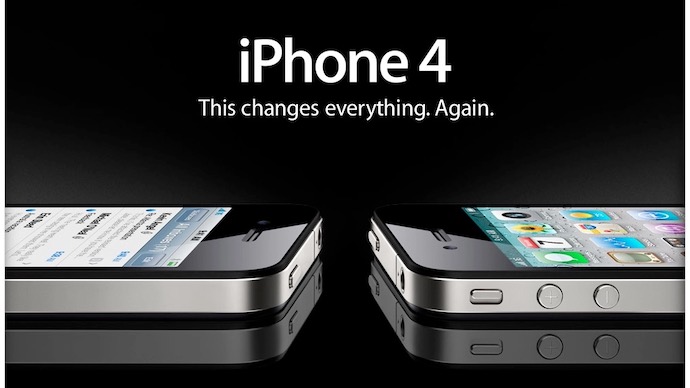
The iPhone 4 was it. This device set the smartphone market on fire and conquered all other phones in terms of sales.
Was it better than everything else? Not exactly. Was it everything a person wanted in a phone and more? For sure. Did it come with a beautiful design that Apple still hasn't been able to match? Indeed.
The iPhone 4 had the same wow factor that the original incarnations had, but was elevated by product beauty and a new operating system that made even the most staunch anti-Apple user think twice.
People went crazy for the iPhone 4 and threw their old phones in the nearest bin to upgrade, and things got even better with the the iPhone 4S, which kept the design, improved the hardware and camera, introduced Siri, and debuted iOS 5.
2014: iPhone 6
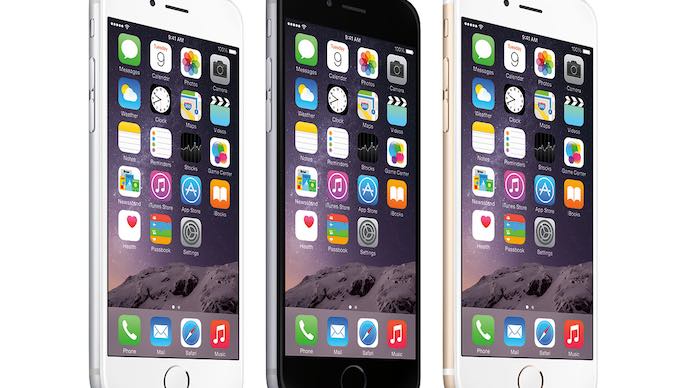
After the disappointment of the iPhone 5, the iPhone 6 brought the Apple brand back into the modern era.
With the iPhone 6, the company relented on their infamous minimal screen size policy and came out with a phone that competed with contemporary devices that had larger screens.
The iPhone 6 also ushered in a new era for Apple. Since Steve Jobs' death (one day after the launch of the iPhone 4GS), it wasn't until this iteration of the phone that we saw a new vision from the tech giant.
With its bigger screen, redesigned frame, and much better camera, the iPhone 6 set the design standard for the rest of Apple's "button devices," which is a standard that still holds today.
2017: iPhone X
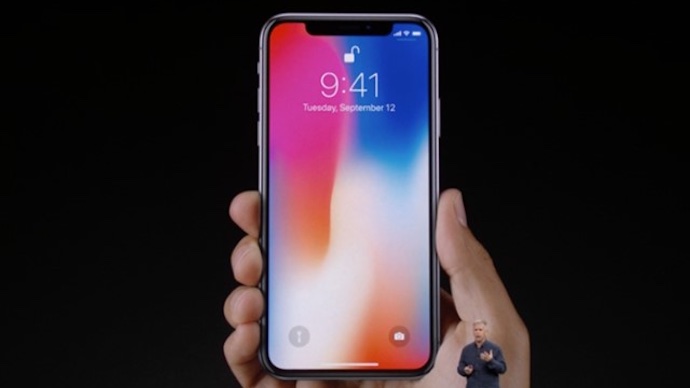
The iPhone X was the phone the world was waiting for. It had no buttons to control it, and it looked at you and knew who you were. The iPhone X took Face ID technology and made it the only way to unlock a phone.
The screen took up the entire face of the phone, giving new levels of depth to display size. It looked cool, boasted a wicked camera, and was deemed so special that Apple skipped "iPhone 9" entirely for the X.
To this day, it's the phone that Apple designers still base their products on, with all subsequent top-level iPhones using the X's design.
2020: iPhone 12 Mini
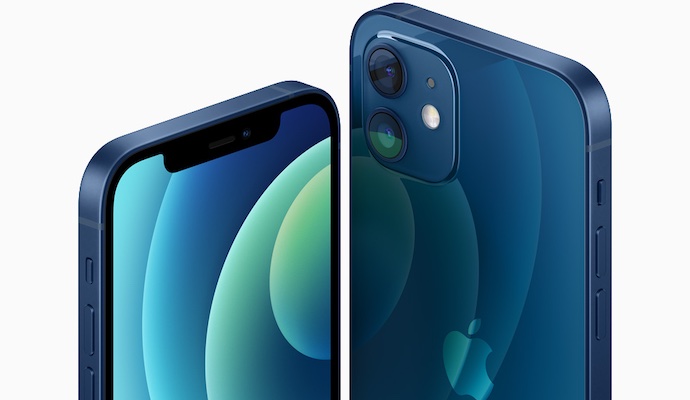
Prior to the iPhone 12 Mini, the last major Apple product with "Mini" in its name was the iPod Mini from 2004. To see the tech giant return to the name—this time for an iPhone—was a welcome surprise.
The iPhone 12 Mini was a scaled-down version of the iPhone X design, making it a practical phone for those who didn't want a huge device in their pockets. It looked cute. People found it hard to resist, given how much power it packed within its small shell.
Armed with most of the same features in the bigger phones of its time (except the epic cameras of the later models), the iPhone 12 Mini paved a new future for iPhone design.
2021: iPhone 13 Pro
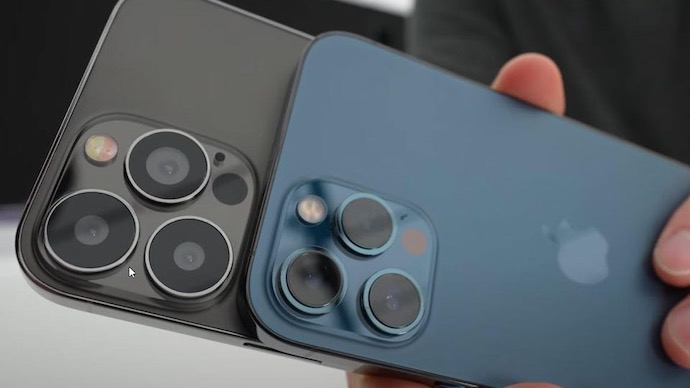
Apple's latest offering (as of this writing) is everything good from the previous iPhone 12 Pro and iPhone 11 Pro, except scaled up to higher heights and more substance beneath its familiar surface.
The iPhone 13 Pro is the culmination of Apple's iPhone X design base, and it feels like the kind of phone that'll be the last of the iPhones with this aesthetic before Apple overhauls it.
The impressive triple-camera system is the peak of smartphone technology, and the features of the phone are polished to perfection. Whatever Apple decides to go with next, it'll have to follow one of the greatest iPhone iterations of all time.
Nowadays, most smartphones offer the same experience, only separated by small details. For Apple, that means stepping away from innovation and focusing more on user experience—and the iPhone 13 Pro offers a level of grace and polish that other smartphones lack.
